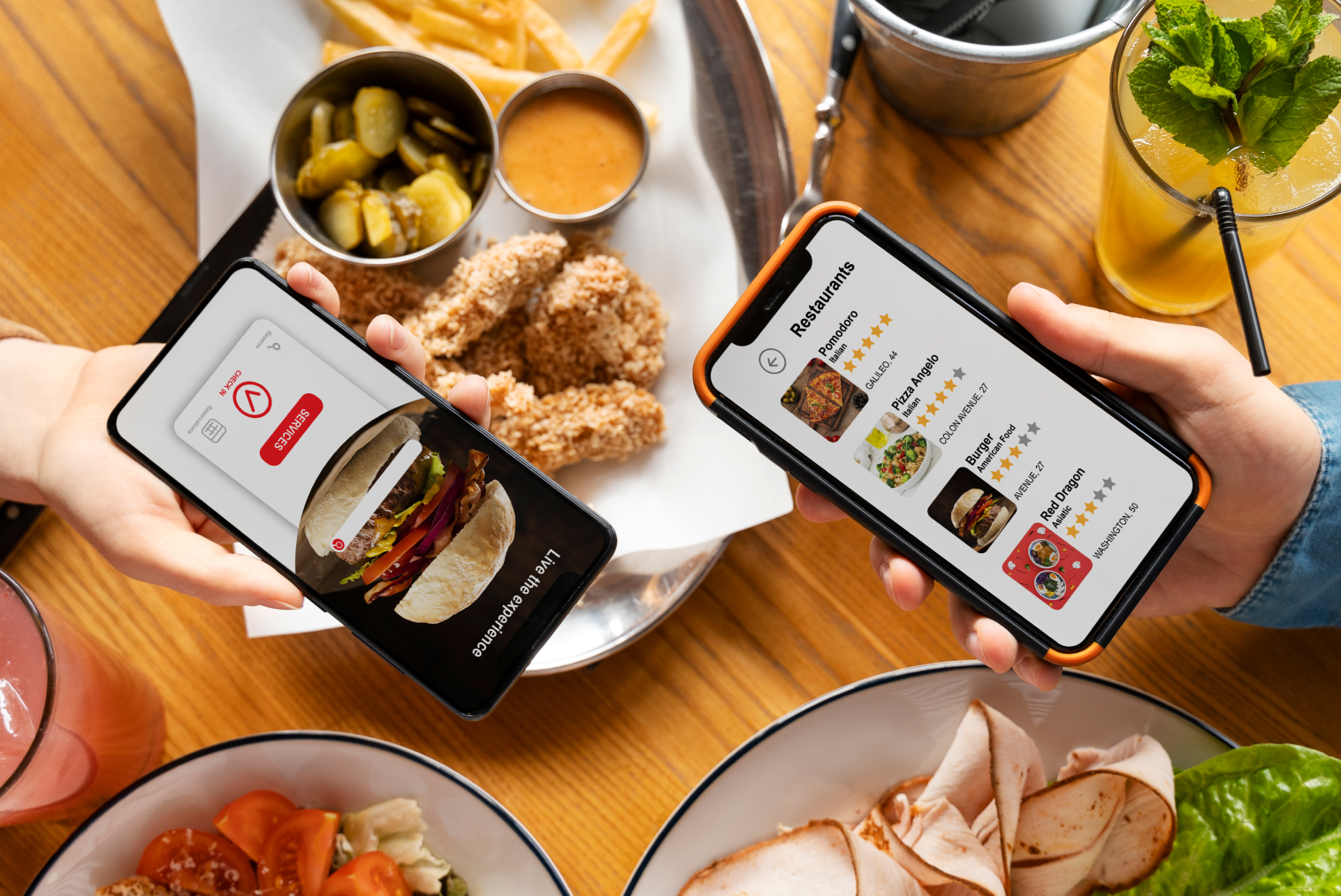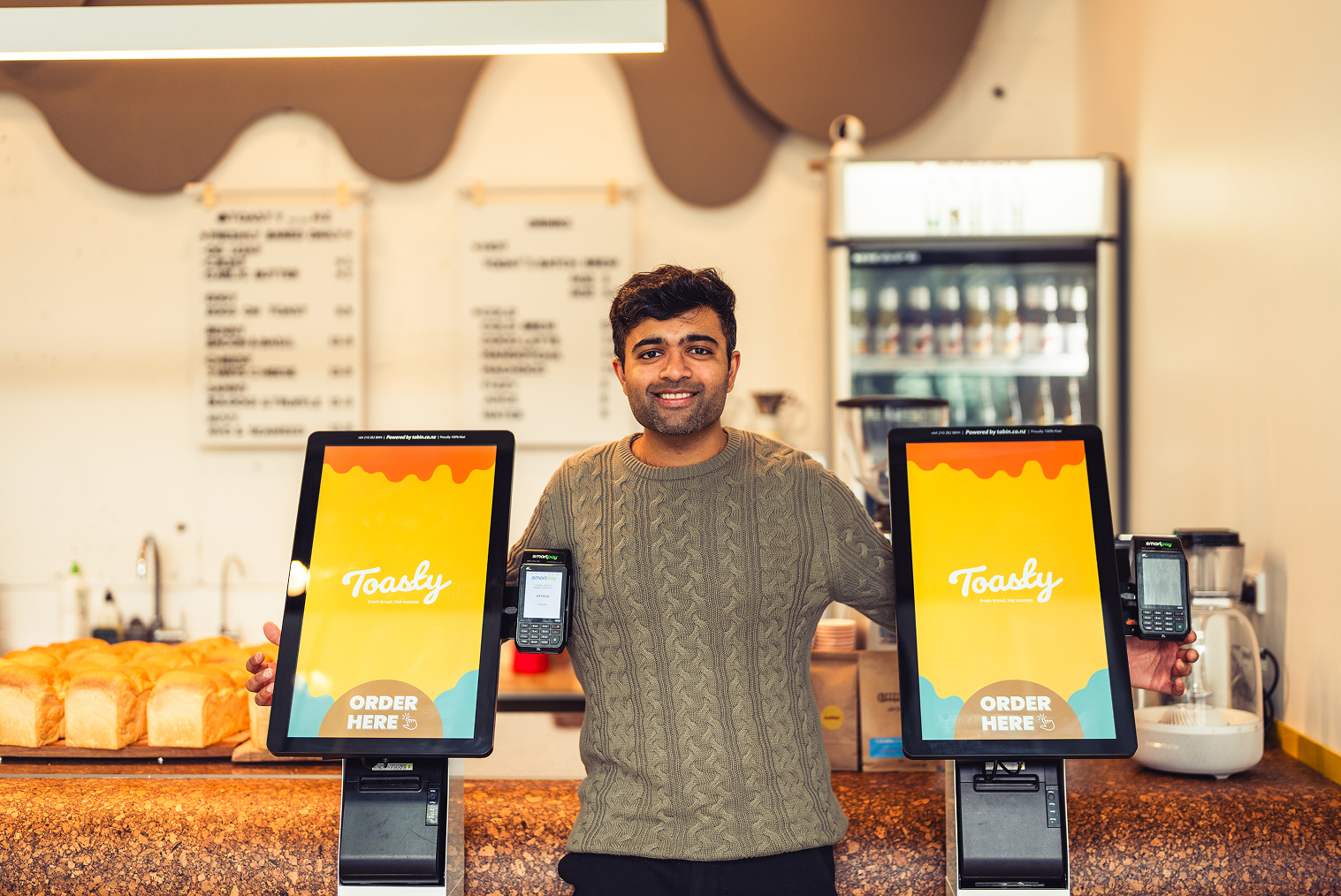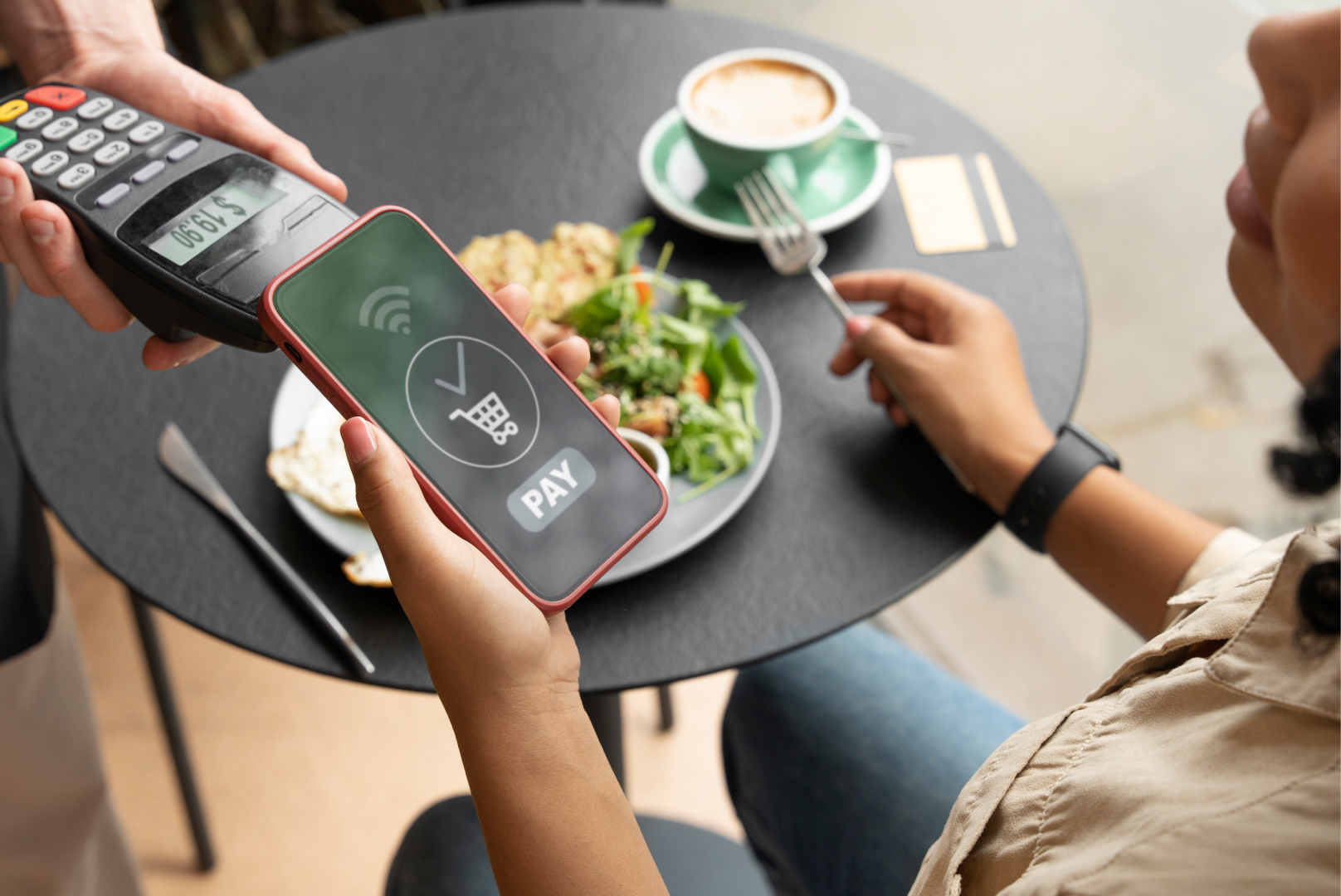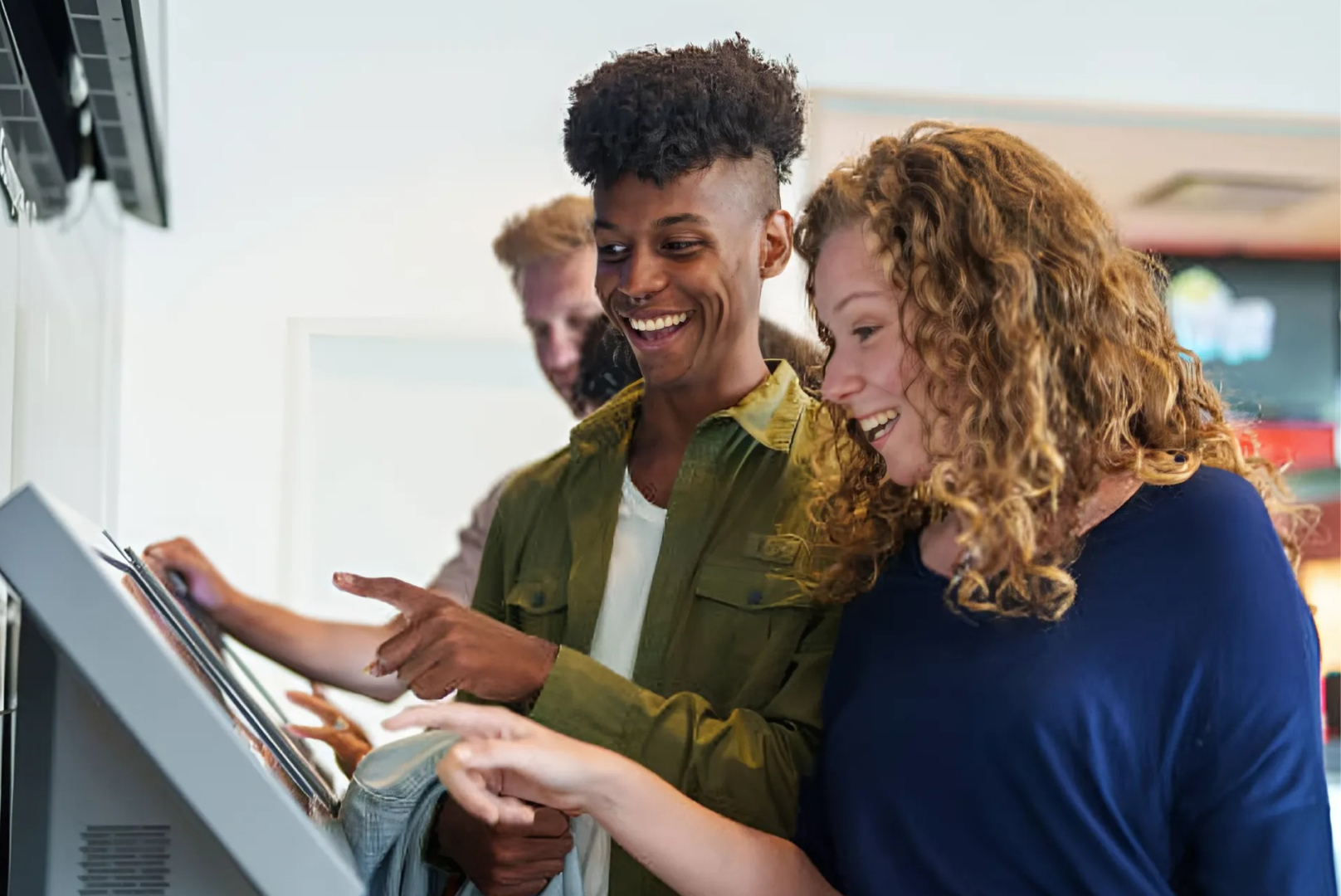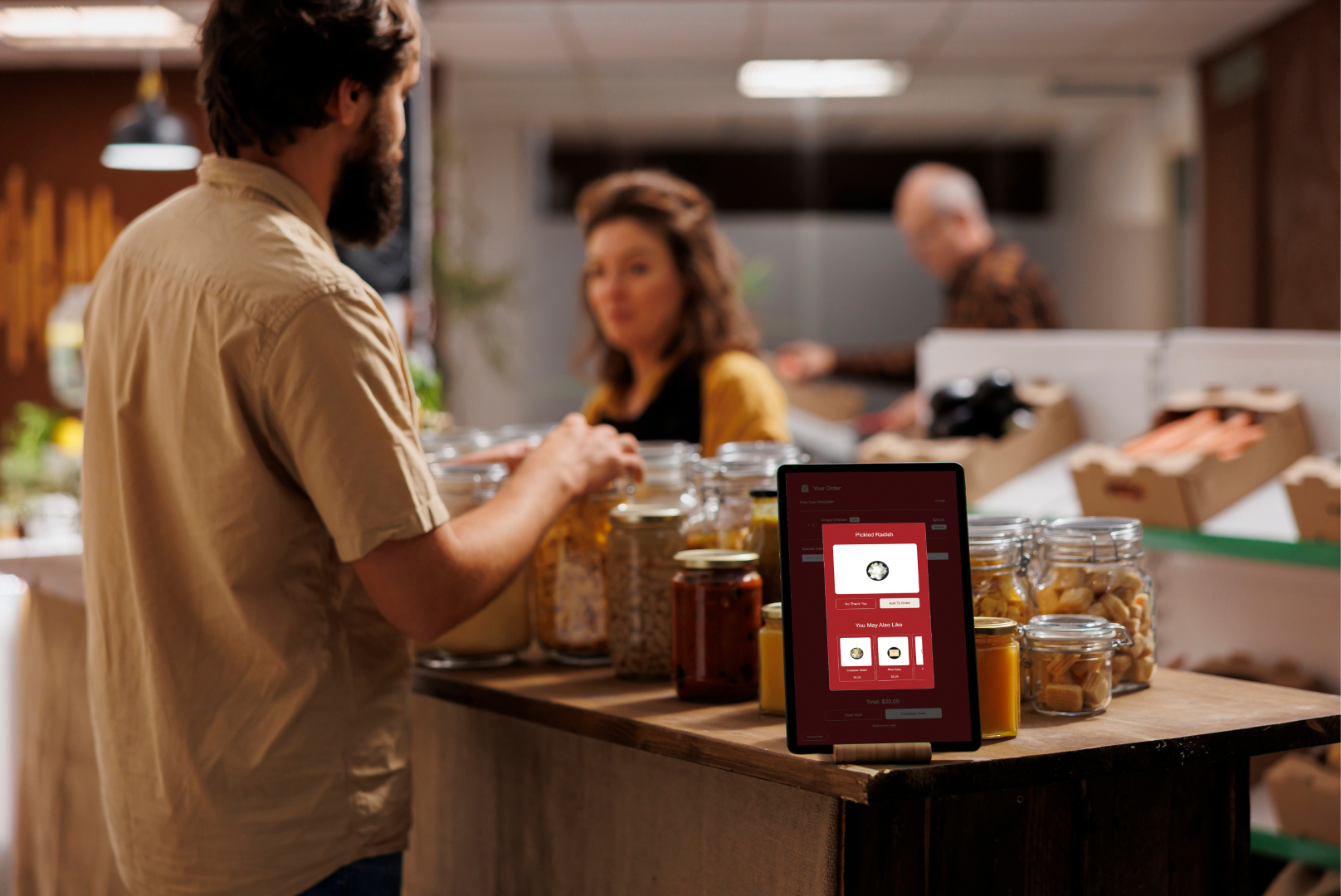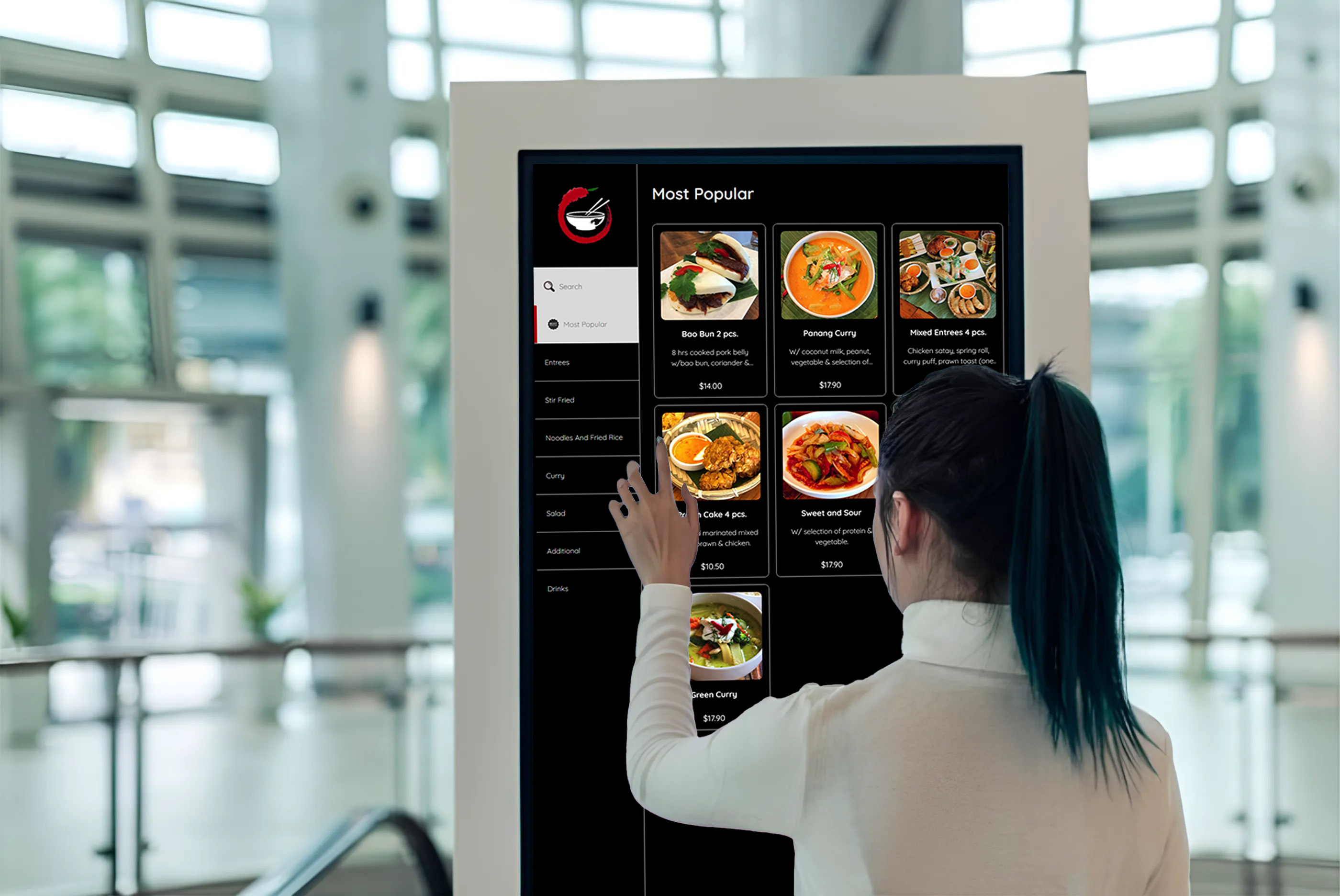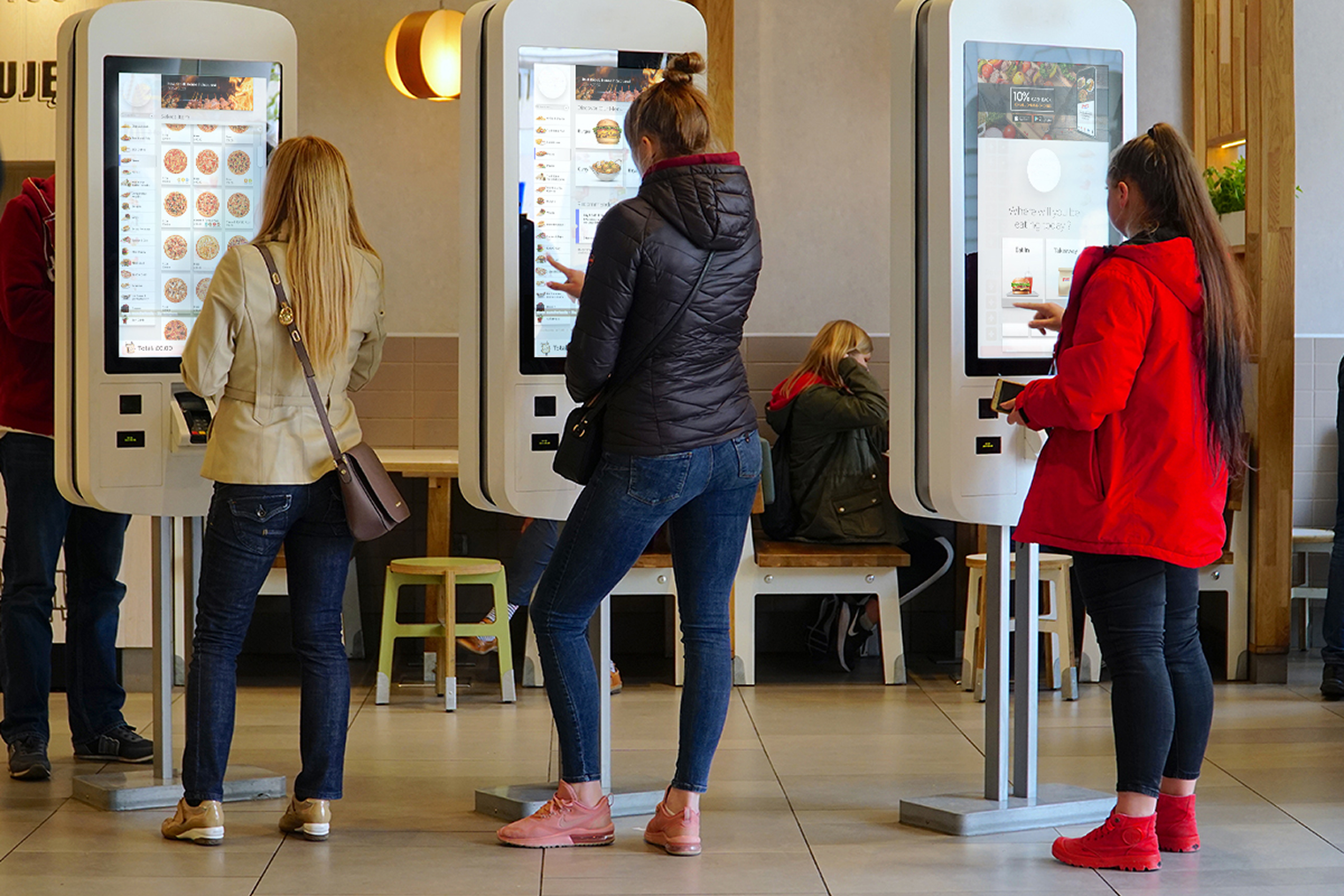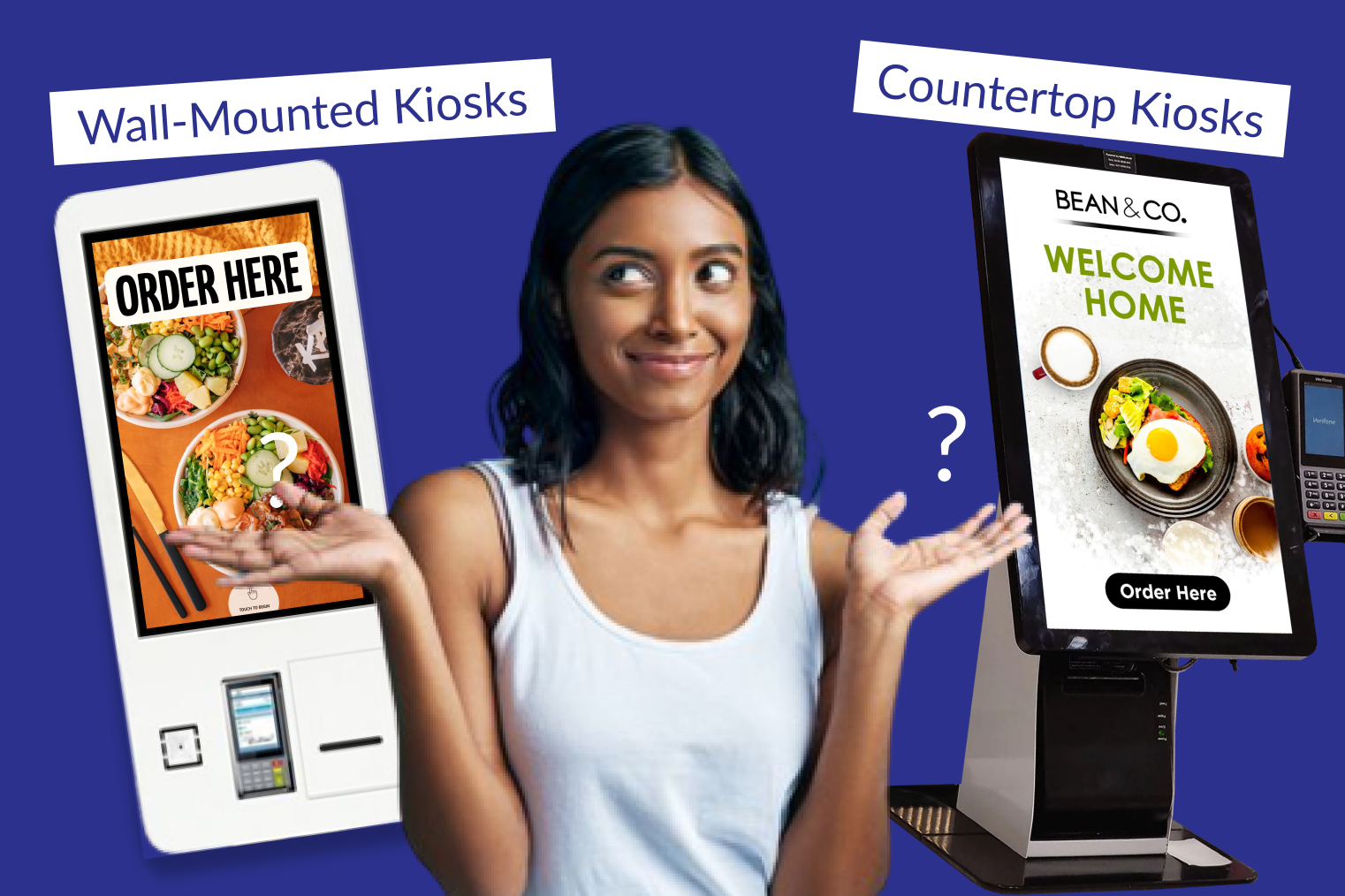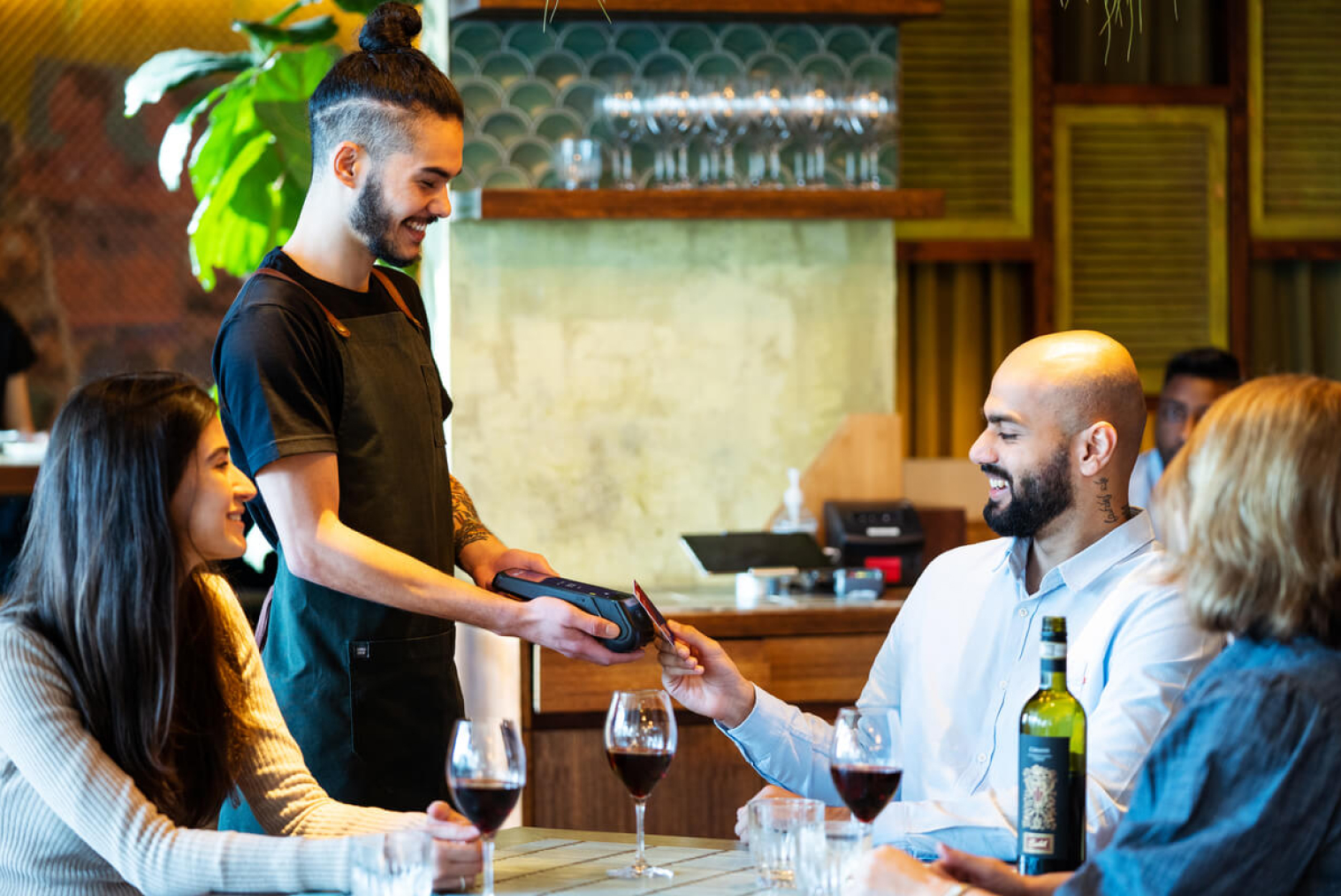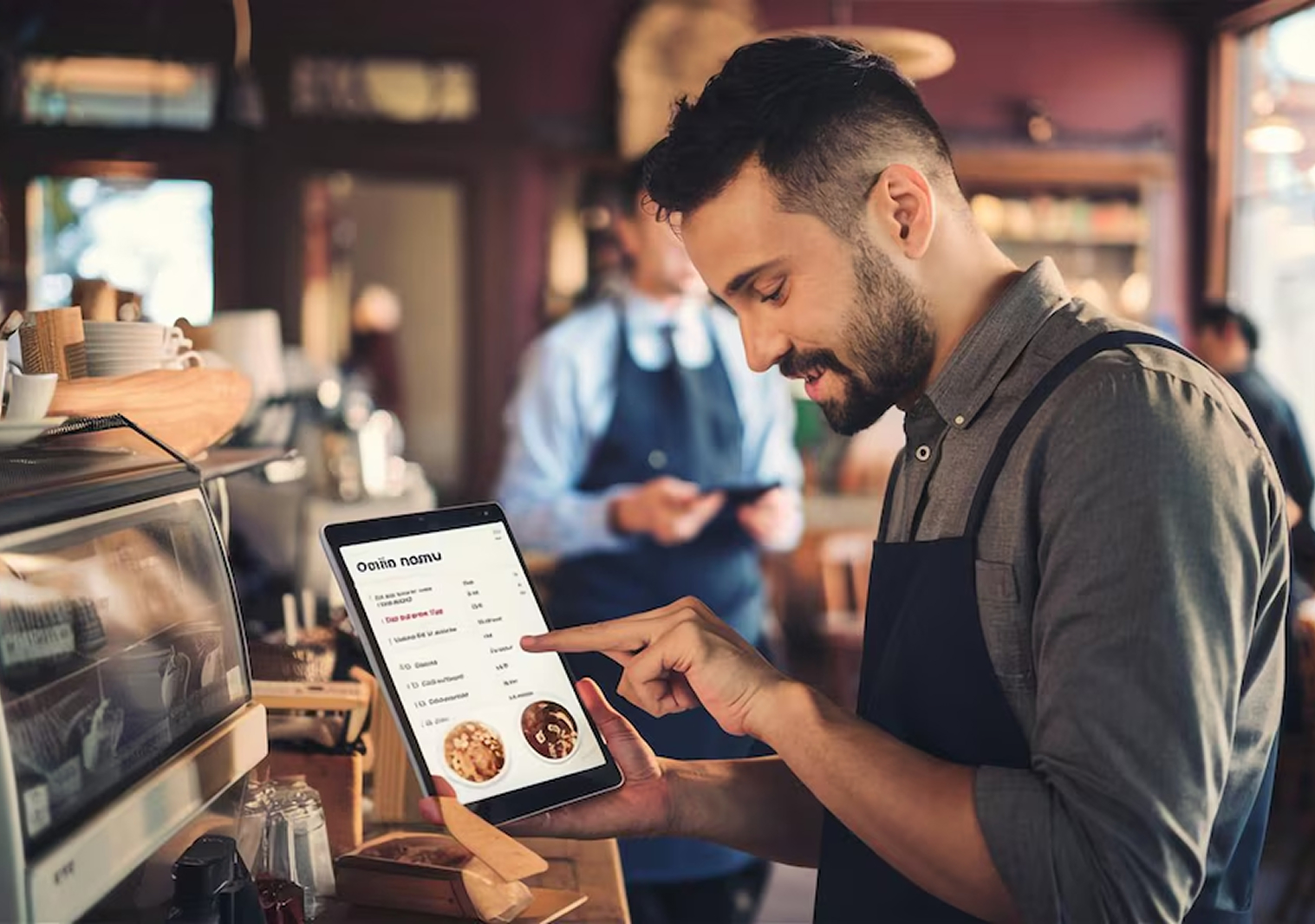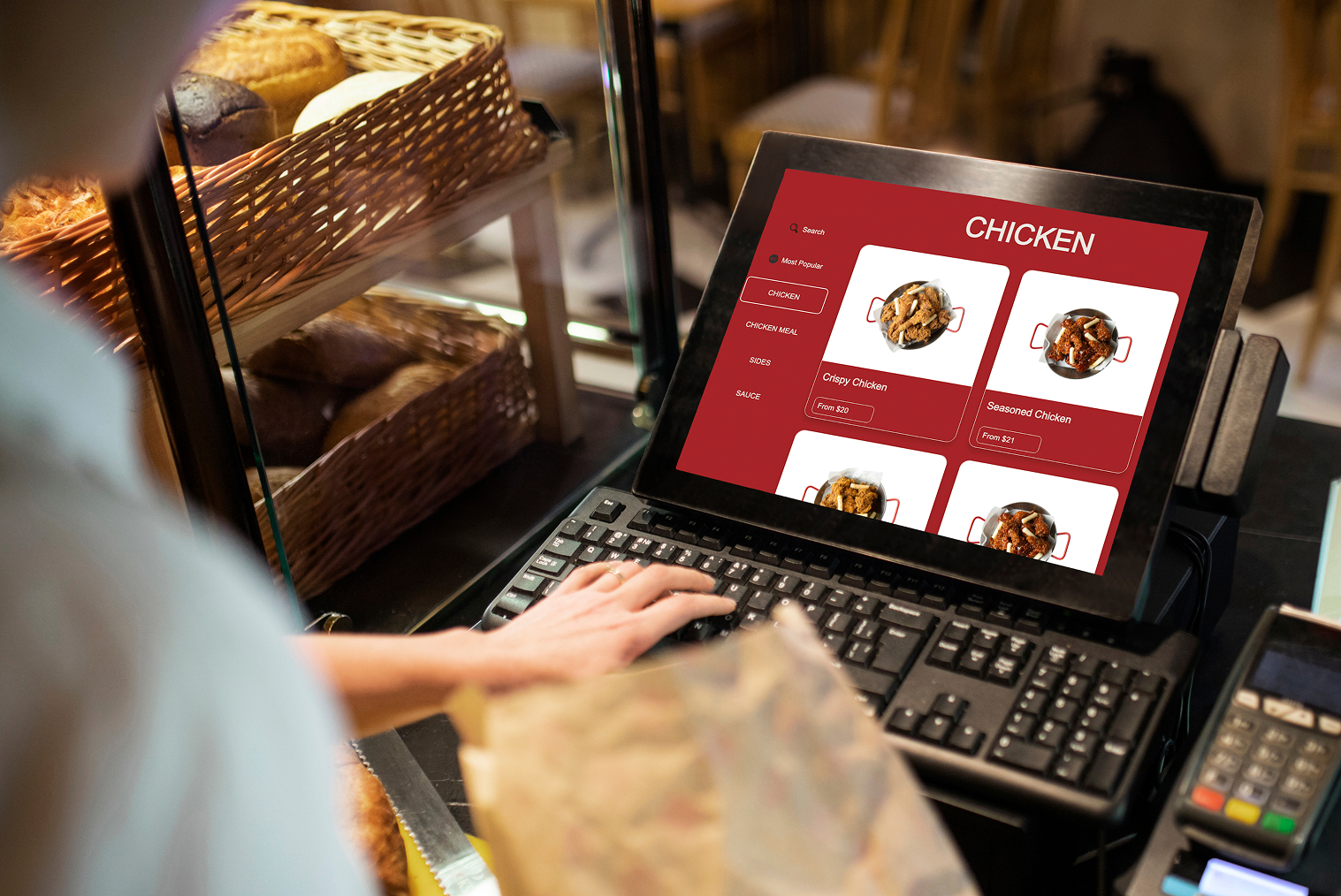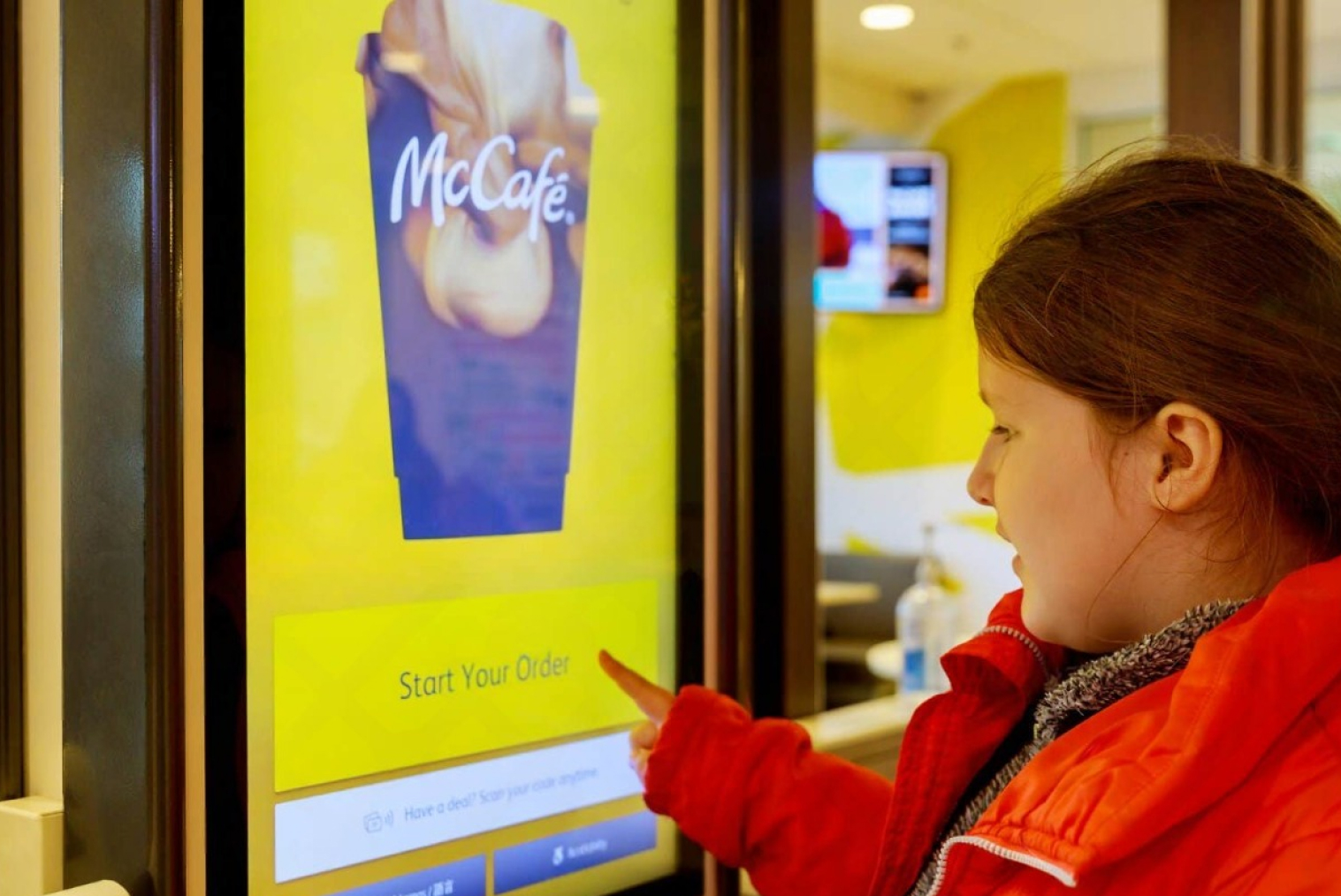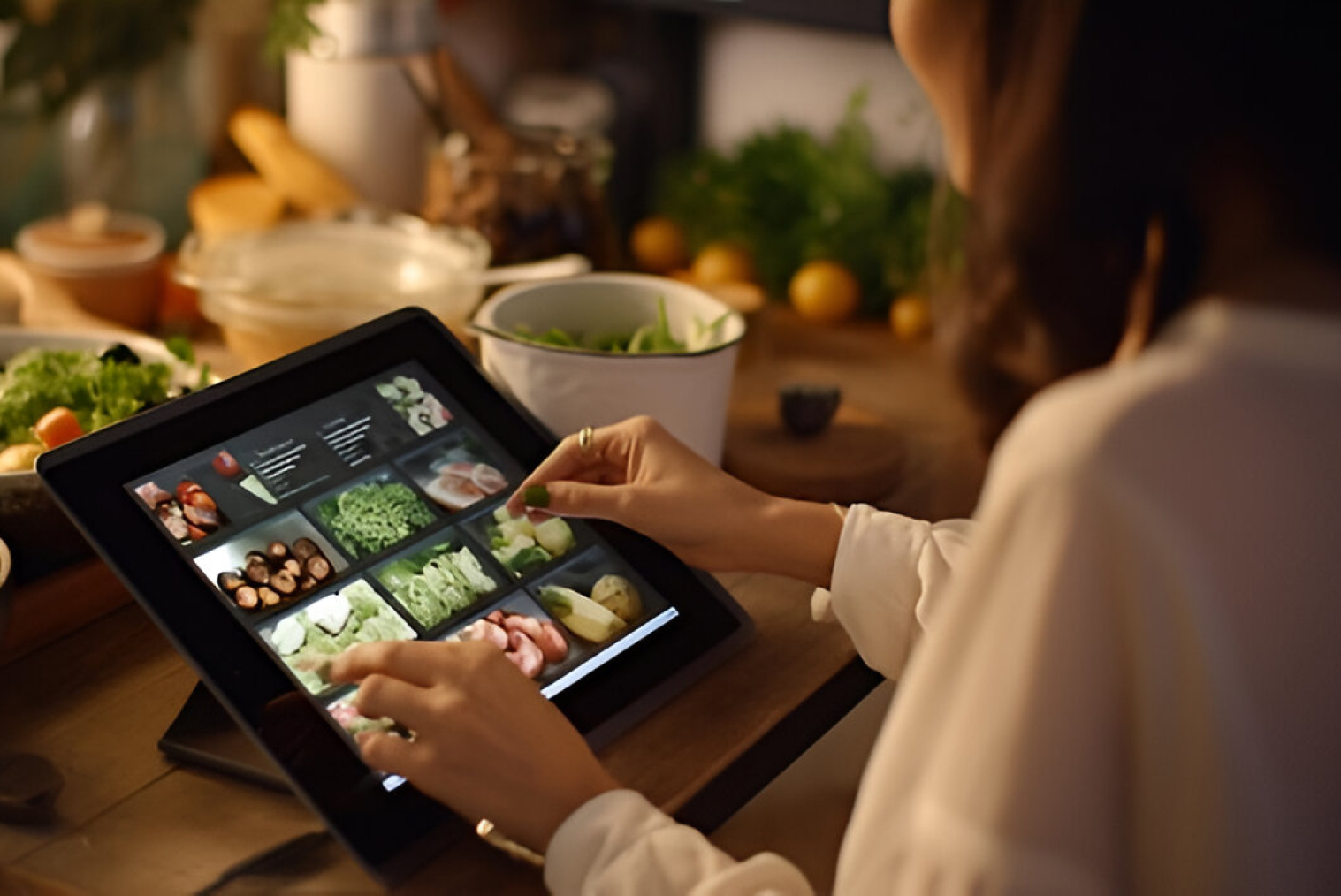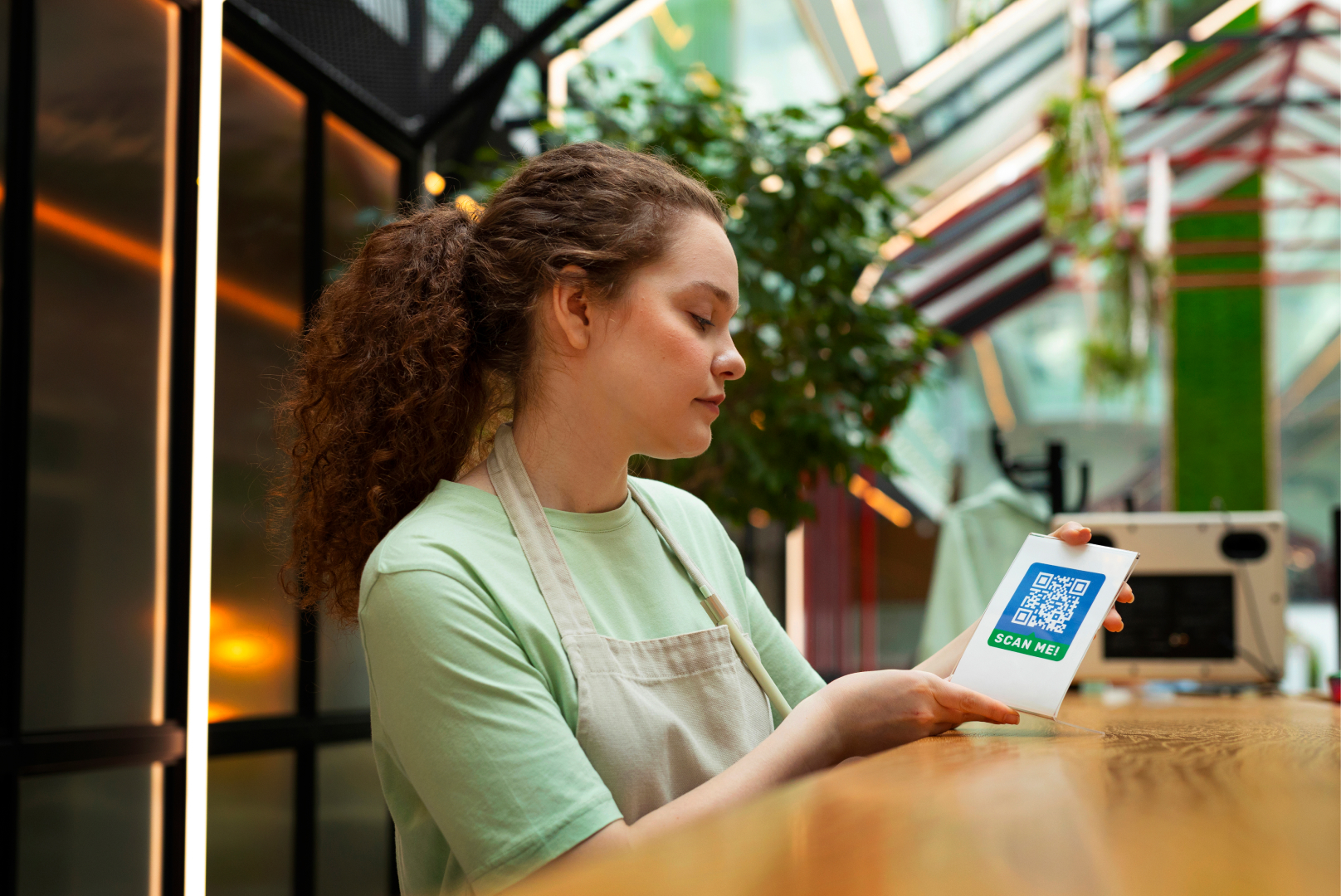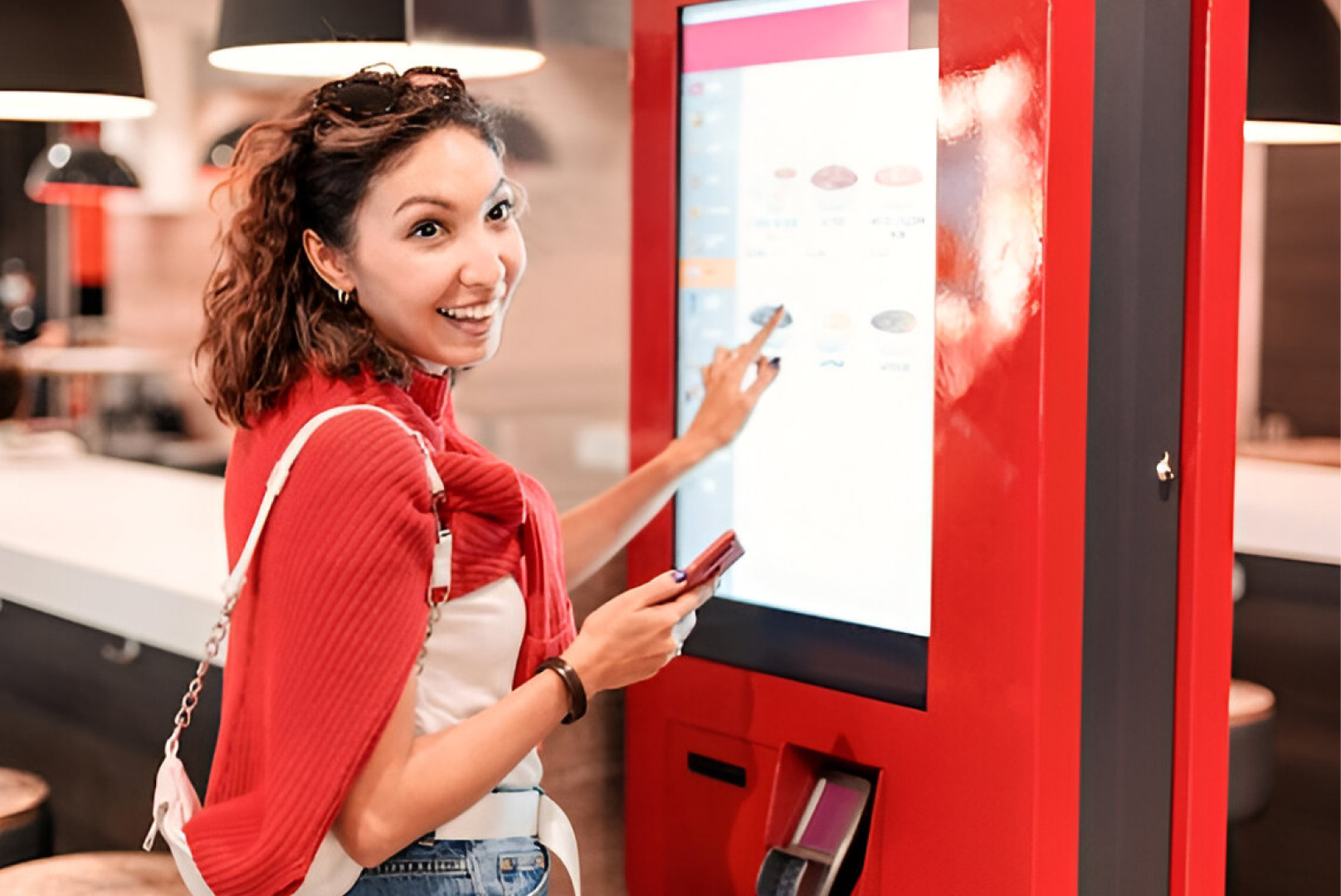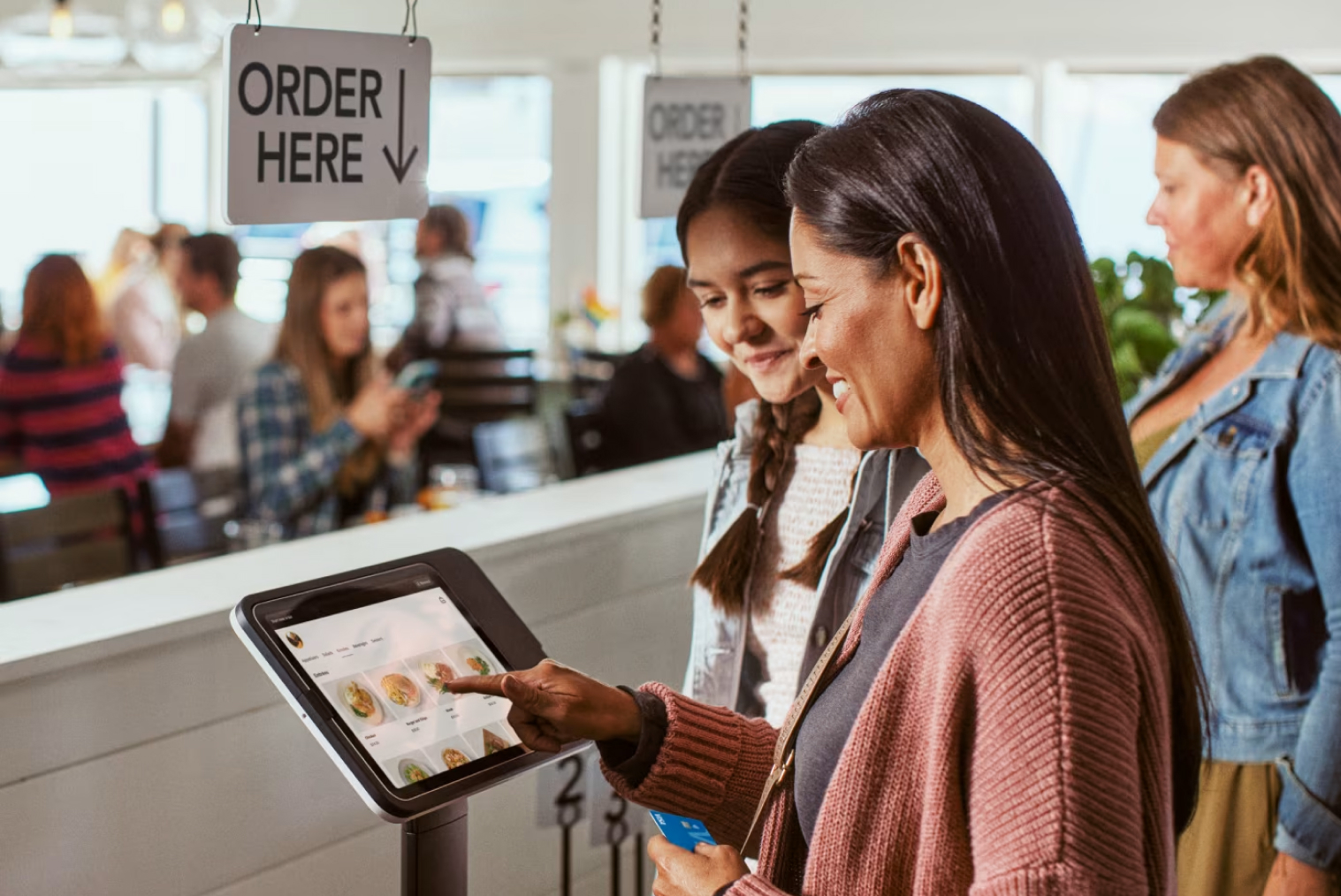The Quick Service Restaurant (QSR) industry is in the midst of a deep transformation, fueled by increasingly changing customer expectations and the relentless cycle of technological progress. Today’s diners want more than just fast food. They’re looking for speed, convenience, and experiences tailored to their tastes. By 2026, the QSR industry will be characterised by the use of sophisticated technologies like AI-enabled analytics, intelligent self-service kiosks, and cloud-based management systems, all of which are tailored to provide seamless dining experiences. Restaurants that adopt such innovations will not only improve operational efficiency but also instill memorable customer experiences that reinforce loyalty and growth.
The Emergence of QSR Trends in 2026
Automation is set to be a game-changer for QSRs in 2026. Today’s customers expect their orders to be fast, accurate, and tailored just for them. To keep up, restaurants are turning to smart data, AI analytics, and fully integrated tech systems that make this possible. These technologies enable restaurants to forecast peak periods, monitor inventory in real-time, and provide customised menu suggestions, guaranteeing every customer experience is seamless and fulfilling.
In addition to automation, digital interaction is emerging as a foundation of QSR operations. Mobile ordering platforms, app-based integrated loyalty programs, and delivery aggregator services are revolutionising the dining process, enabling customers to quickly place orders, accumulate rewards, and monitor deliveries without interruptions. This combination of speed, convenience, and personalisation is rewriting the expectations of what the modern diner takes for granted.
QSR Technology Trends Reshaping the Industry
The future of quick service is found in the adoption of technology that simplifies front-end and back-end operations. A few of the most significant innovations are:
Restaurant Kiosk Solutions
Self-ordering kiosks are transforming the QSR front-end by minimising wait times, enhancing order accuracy, and enabling staff to concentrate on higher-value customer engagement. Customers benefit from simple-to-use interfaces that accelerate ordering while restaurants experience quantifiable gains in efficiency and satisfaction.
Smart Self-Service Kiosks
Modern smart self-service kiosks do a lot more than just touchscreens. With AI-powered recommendations, upselling alerts, and various payment methods, smart kiosks provide a seamless and customised ordering experience. They also capture valuable insights for menu refinement and marketing purposes.
Cloud-Based POS Systems
Cloud POS technology provides QSRs with real-time visibility into sales, inventory, and staff management. This adaptability provides smoother operations, centralised reporting for multi-unit operations, and rapid adjustment to evolving customer preferences.
Contactless & Mobile Payments
By 2026, consumers will be expecting frictionless payment methods like tap-to-pay, mobile wallets, and even biometric authentication. Providing secure and convenient payments is now critical in order to enhance the overall dining experience.
Virtual Kitchens
Growing delivery demand is causing QSRs to consider virtual or "ghost" kitchens. These kitchens don't have a physical storefront, lowering overheads while increasing delivery scope and menu testing.
QSR Industry Trends Driving Growth
Want to know what’s really shaping QSRs in 2026? Let’s dive into the trends.
Beyond technology, QSR growth is increasingly driven by shifting consumer lifestyles. Health-conscious menus, sustainable ingredients, and eco-friendly packaging are no longer optional; they are expected. Restaurants that prioritise sustainability and align their offerings with customer values will build stronger brand loyalty.
At the heart of this change is a simple idea: putting the customer first.. By unifying human hospitality with digital convenience, QSRs are setting a new benchmark for eating-out experiences that seamlessly blend speed, personalisation, and efficiency.
Conclusion
In 2026, QSRs are moving far beyond what's traditionally thought of as speed and efficiency. Success will revolve around using technology to create personalised, convenient, and memorable experiences. From cutting-edge restaurant kiosk solutions that streamline ordering to intelligent self-service kiosks that drive engagement, technology is redefining the industry from the ground up. QSRs embracing these innovations will not only fulfill customer expectations but also gain a competitive advantage in an ever-evolving marketplace.
Frequently Asked Questions (FAQs)
Q1. Will virtual kitchens and cloud-based POS systems dominate QSRs by 2026?
Yes. Virtual kitchens allow QSRs to expand delivery reach without heavy infrastructure costs, while cloud-based POS systems give restaurants real-time insights and flexibility. Together, they are expected to dominate the quick service space by 2026.
Q2. What payment options should modern QSR kiosks support in 2026?
Modern kiosks should support multiple payment methods, including contactless cards, mobile wallets (like Apple Pay & Google Pay), QR-based payments, and even biometric authentication to meet customer expectations for convenience and security.
Q3. How is AI transforming quick-service restaurants?
AI helps with predictive ordering, inventory management, personalised promotions, and customer insights. By analysing data, QSRs can optimise menu offerings, reduce waste, and improve operational efficiency.
Q4. How are mobile apps changing the QSR customer experience?
Mobile apps enable online ordering, loyalty programs, real-time promotions, and delivery tracking. They enhance convenience, boost customer engagement, and encourage repeat business.
